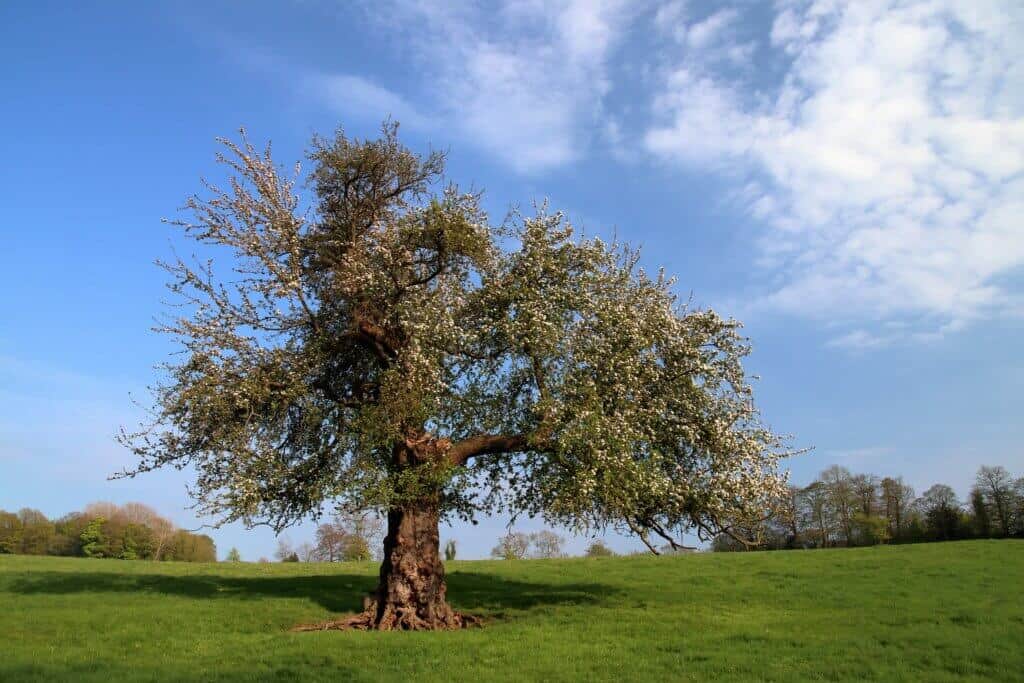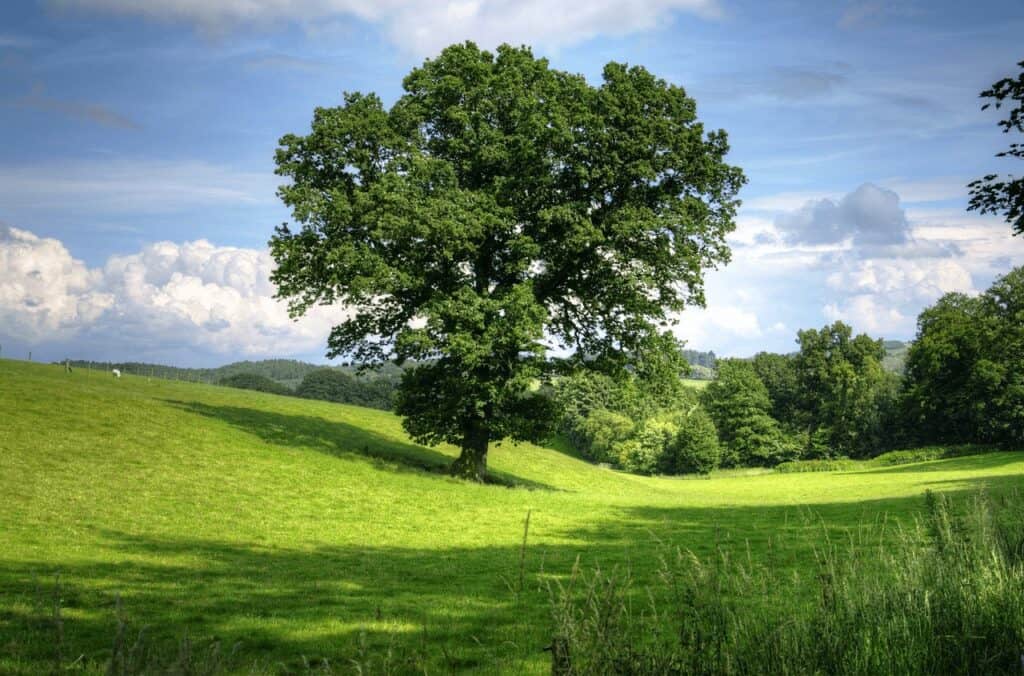No products in the cart.

The Celtic Tree Calendar is a modern interpretation of ancient Celtic wisdom, combining the symbolism of trees, lunar cycles, and spiritual growth. Inspired by the Ogham alphabet, which associates specific trees with letters, this calendar aligns each lunar month with a sacred tree that embodies unique qualities and meanings.
From the Birch, symbolizing renewal, to the Elder, representing transformation and endings, these trees guide us through the natural cycles of life, growth, and renewal. The Tree Calendar offers a powerful way to connect with nature, reflect on personal growth, and align with the rhythms of the earth. Each tree carries lessons that inspire resilience, creativity, and harmony with the world around us.
The Celtic Tree Calendar is a modern construct that aligns 13 lunar months with specific trees, each believed to hold spiritual and symbolic significance. Inspired by Celtic mythology, the Ogham alphabet, and the natural world, the calendar links each month to a sacred tree, such as Birch (renewal), Oak (strength), or Rowan (protection). This system is widely used in contemporary neopagan and Druidic practices, emphasizing the interconnectedness of humans and nature.
The Celtic Tree Calendar originates from the imaginative work of poet Robert Graves, introduced in his 1948 book The White Goddess. Graves based the concept on the Ogham alphabet, an ancient Irish script that associates letters with trees, and combined it with his interpretation of Celtic mythology, lunar cycles, and poetic symbolism. While the Ogham alphabet and tree symbolism are authentic aspects of Celtic culture, there is no evidence that the Celts organised their year around a tree calendar.
The 13 months in the Celtic Tree Calendar each align with a sacred tree, symbolising unique qualities and guiding personal growth through nature’s cycles.

The Birch Moon marks the beginning of the Celtic Tree Calendar, symbolizing renewal, new beginnings, and resilience. Birch trees are pioneers, thriving in barren landscapes, and represent hope and determination.

The Rowan Moon, often called the “Tree of Protection,” is associated with spiritual strength and intuition. In Celtic tradition, Rowan was thought to ward off malevolent forces and bring clarity.

The Ash Moon is a period of connection and spiritual grounding. Ash trees were considered sacred in Celtic mythology, believed to connect the heavens, earth, and underworld.

The Alder Moon signifies courage and determination. Alder trees grow in waterlogged areas and symbolize balance between emotions (water) and physical strength (wood).

The Willow Moon is deeply tied to the cycles of the moon and water, symbolizing adaptability and emotional healing. The Willow’s ability to grow near water represents resilience and intuition.

The Hawthorn Moon represents fertility, transformation, and duality. Known as the “May Tree,” Hawthorn symbolizes balance between light and dark, making it a powerful symbol of purification and preparation for change.

The Oak Moon embodies strength, endurance, and wisdom. As the “King of the Forest,” the mighty Oak represents stability, power, and leadership.

The Holly Moon is a time of protection and resilience. Holly trees were traditionally seen as guardians, often planted near homes to ward off evil.

The Hazel Moon represents wisdom, inspiration, and creativity. Hazel trees were associated with divine knowledge in Celtic mythology, and their nuts were believed to hold great wisdom.

The Vine Moon is tied to harvest, celebration, and intuition. As vines produce grapes for wine, this moon symbolizes the joy of abundance and the cycle of growth and fruition.

The Ivy Moon represents resilience, determination, and spiritual growth. Ivy’s ability to grow in challenging environments symbolizes persistence and adaptability.

The Reed Moon symbolizes clarity, protection, and truth. Reeds were traditionally used for thatching and protection, representing a strong foundation and fortification.

The Elder Moon marks endings and transformation, symbolizing the cycle of death and rebirth. The Elder tree was associated with closure and the preparation for a new cycle.
The Celtic Tree Calendar, while inspired by Celtic traditions, is not historically Celtic. It is a modern creation popularized by Robert Graves in his 1948 book The White Goddess. Graves combined Celtic tree lore, the Ogham alphabet, and lunar symbolism to create a poetic framework that resonated with nature-based spirituality. However, there is no evidence that the ancient Celts used a tree-based calendar for timekeeping.
The Ogham alphabet, which associates letters with trees, was primarily a writing system and mnemonic tool rather than a chronological guide. Celtic culture revered trees as sacred, associating them with deities, mythology, and spiritual practices, but this reverence was not tied to organizing the year.
In contrast, the Celtic Lunar Calendar, supported by artifacts like the Coligny Calendar, is a verified ancient system that reflects how the Celts structured time around lunar and solar cycles. The tree calendar is best understood as a modern reinterpretation rooted in Celtic symbolism, but it should not be mistaken for an authentic ancient practice.
















